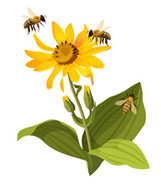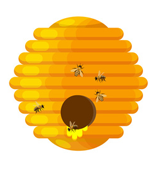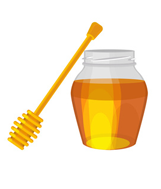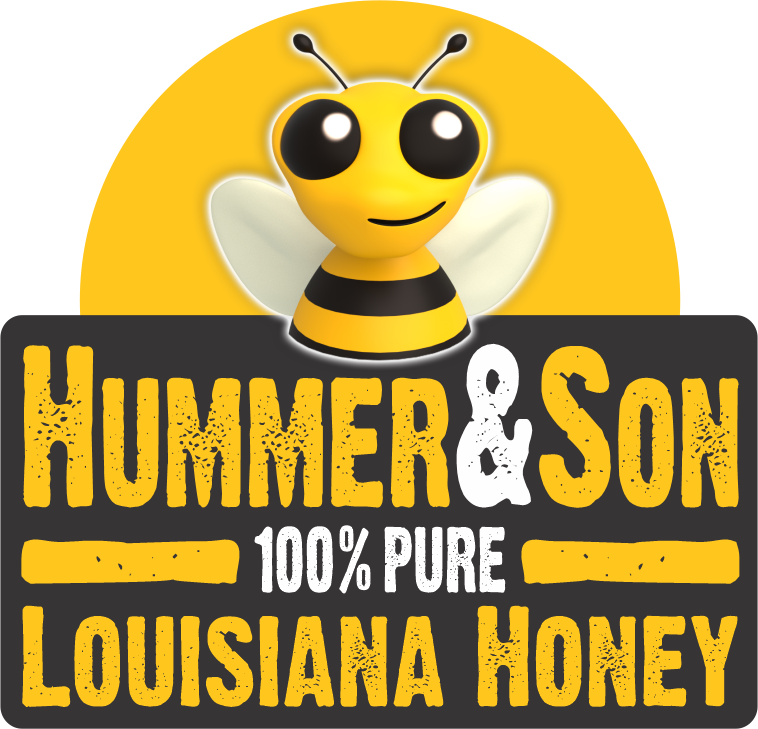About Hummer & Son
Our
Bees
Over the years, bees have gotten a bad rap. A few stings here and there, a few hysterical news reports about killer swarms moving to your town, a few scary B-movies (excuse the pun), and pretty soon, nobody likes a bee. At Hummer and Son Honey, bees are members of the family. Our bees are gentle, hardworking little guys, just trying to please the Queen. ‘Cuz as we all know, if the queen ain’t happy, ain’t nobody happy.
Hummer and Son harvests honey twice each year. The spring harvest lasts from the middle of March through mid-June, producing honey from clover, willow, and harry vetch wildflowers. Between 30,000 and 50,000 Louisiana bees work to make the spring honeys, which are light in color and strong in sweetness. Our second harvest occurs from mid-June to September, with 100,000 to 150,000 bees producing darker honeys from ratan, woods, vetch, sunflower, astor, and goldenrod wildflowers.
Louisiana bee colonies produce an average of 115 pounds of honey each. Hummer and Son currently maintains approximately 500 colonies in Caddo, Bossier and Red River parishes, and we plan to expand during the upcoming season, adding an additional 250 colonies. As our family grows, so does our ability to get pure, 100% single-source Louisiana honey to you.
Fun Facts
About Bees
- Colonies have Between 20,000 to 60,000 bees and One Queen
- One ounce of Honey could fuel a bee’s flight around the world
- The worker bees in a hive are the females
- Bees can see every color except Red
- One bee colony can pollinate 300 Million Flowers in One Day
- Without Bees, Humans Beings would be Extinct within 4 years
Our Facility
How We Produce Honey
Making honey is a complex and unique process and is produced in several stages
Hummer and Son harvests honey twice each year. The spring harvest lasts from the middle of March through mid-June, producing honey from clover, willow, and harry vetch wildflowers. Between 30,000 and 50,000 Louisiana bees work to make the spring honeys, which are light in color and strong in sweetness. Our second harvest occurs from mid-June to September, with 100,000 to 150,000 bees producing darker honeys from ratan, woods, vetch, sunflower, astor, and goldenrod wildflowers.

01. Flowers produce nectar and attract our bees

02. Bees collect the nectar and carry it to the beehive

03. Bees seal cells with wax and honey ripens

04. We collect the product and transfer it to the packaging
Our Local
Partners







